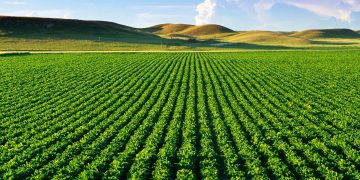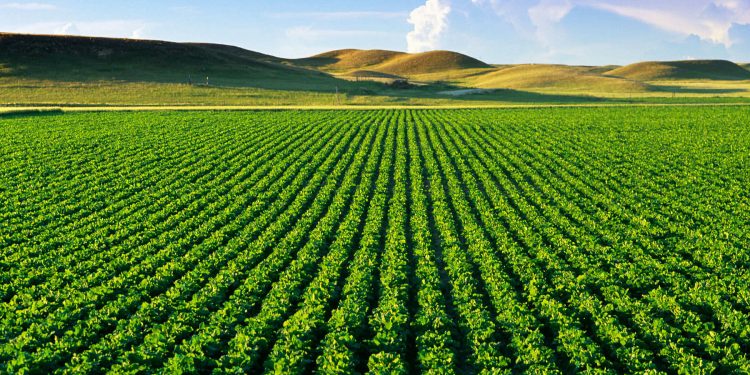#Agriculture #Farming #AgriculturalGiants #GlobalFoodProduction #CropCultivation #LivestockFarming #AgriculturalEconomics
Agriculture is the cornerstone of many economies, with a handful of nations standing out as leaders in this vital industry. According to international educational and legal portals such as Bschlarly and organic farming websites like Niche Agriculture, the following countries reign supreme in agricultural prowess:
China: With a population exceeding 1.425 billion, China leads the world in agricultural production. Its millennia-long history of agricultural evolution has led to the cultivation of staples like rice, wheat, and corn, comprising 90% of its agricultural output. Additionally, China boasts substantial livestock farming, particularly in pigs, ducks, and poultry.
United States: The USA holds second place in agricultural prominence, boasting advanced technologies and farming methods. Corn, soybeans, wheat, cotton, and hay dominate its agricultural landscape, covering 90% of its farmland. With over 10.4% of the population engaged in agriculture, the sector contributes significantly to the nation’s GDP.
Brazil: Brazil secures third place with agriculture covering 42% of its territory and contributing a quarter of its GDP. Its tropical climate and abundant natural resources facilitate the cultivation of sugarcane, soybeans, beans, wheat, cassava, and citrus fruits. The nation also leads in coffee production globally and is a hub for livestock farming, producing beef, pork, and poultry.
India: As the world’s most populous country, India ranks fourth in agricultural development. Half of its population is engaged in agriculture, with 58% of its people relying on it for income. India’s agricultural output contributes significantly to its GDP, with rice, wheat, and corn being its primary crops. The country also excels in cultivating peanuts, sugarcane, vegetables, fruits, and spices, alongside substantial livestock and fish farming.
Russia: Rounding up the top five is Russia, boasting vast agricultural lands exceeding 23 million hectares. Agriculture engages over 9% of the country’s workforce, with wheat dominating its crop production, followed by barley, oats, and sunflowers.
These agricultural powerhouses not only feed their nations but also significantly influence global food security and trade. As they continue to innovate and adapt to evolving challenges, their contributions to the world’s food supply remain indispensable.































